To some, webinars may feel like old news. But they are a lead generation staple for a good reason - they work. And yet, using webinars for lead generation still presents several challenges. The best way to overcome these challenges is to fully explore factors that make B2B lead generation unique - using them to create an effective webinar strategy.
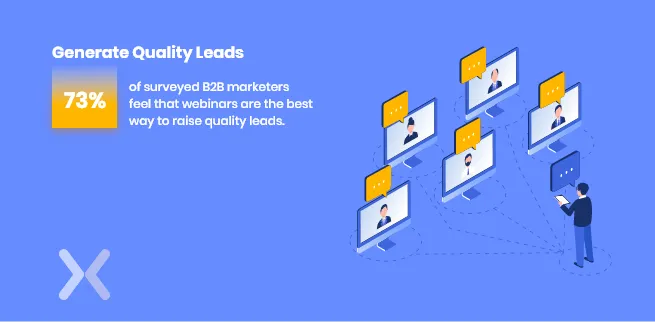
The biggest mistake B2B marketers make is - using B2C lead generation tactics with their clients.
While the chief objective of lead generation is increased sales, the differences like B2B and B2C customer-promoter dynamics necessitate a difference in strategy. The B2B customer is interested in a working business relationship built on trust and mutual understanding. Their requirements are often more exacting than your average customer.
Let’s outline the main differences between B2B vs B2C lead generation strategy:
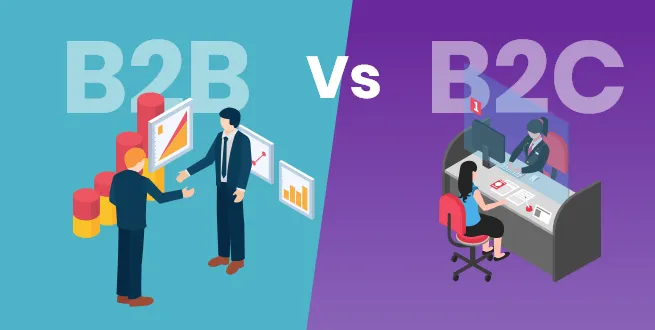
The sales cycle is generally longer when it comes to B2B marketing. This is because the average decision-maker does not act alone. There are more steps to follow when purchasing for a company. Remember, B2C customers may spend their money; however, they like, whenever they want.
The contract length of a B2B service agreement is usually longer than with a B2C contact. This relates to the previous point of a longer sales cycle. If you are going to be working with someone for a long time - you want to get to know them first.
Content used for B2B customers needs to be unique, in-depth and targeted to a specific niche. Remember, the B2B customer is an expert in their field - they won’t be as impressed by the ‘razzle-dazzle’ as a non-expert would be. Your pitch needs to be focused and direct.
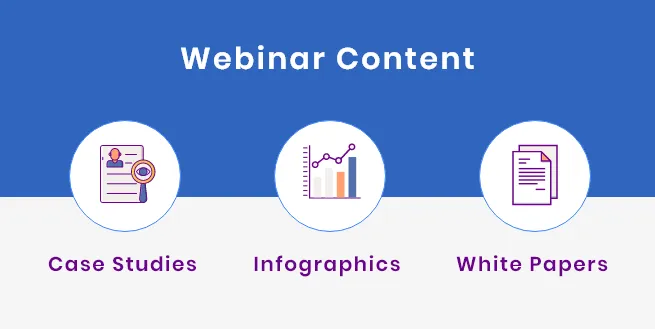
The research that a B2B customer does beforehand usually is much more intensive than the average customer - there is more on the line. So the content needs to be high quality for them to respond. Additional case studies, infographics, and white papers - given out during your webinar - are necessary to push a B2B customer into the sales funnel.
B2C customers generally congregate on Facebook, Twitter and YouTube - the hallowed ‘Big Three’. However, you are more likely to connect with B2B clients on LinkedIn. While your efforts for both B2B and B2C campaigns should be well integrated across platforms - you need to focus energy on social media campaigns that are likely to draw in more customers.
Unsolicited calls are a taboo in the world of B2C. Individuals often view calls as an invasion of privacy. With businesses, these calls are better received and seen as just another business transaction.
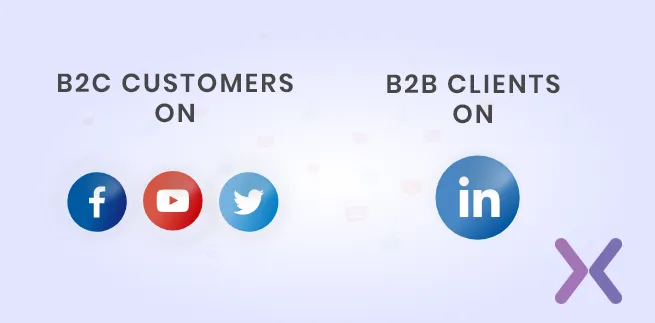
Many features make webinars the ideal medium for lead generation, particularly in a B2B setting. These are the core reasons to consider using webinars for lead generation:
They are convenient. You can engage with prospects in a meaningful way without them having to leave their home or office.
Educational webinars are seen as high-value content - the participant feels it’s worth their time. Ideal for Brand Awareness and showcasing industry expertise.
There are no geographical barriers so that you can interact with leads from anywhere in the world.
Instant in-session chats allow both participants and organisers to network.
While all these are worthy reasons, the main reason for using webinars for lead generation is that they position you as a thought leader. By using webinars, you are taking control of your industry’s narrative. This gives your brand authority.
According to the Content Marketing Institute, over 60% of marketers now use webinars as part of their content marketing strategies. (leadforensics.com)
From a budgetary perspective, webinars are also more cost-effective than in-person seminars and conferences, particularly in light of the pandemic, which necessitates extra precautionary expenses.
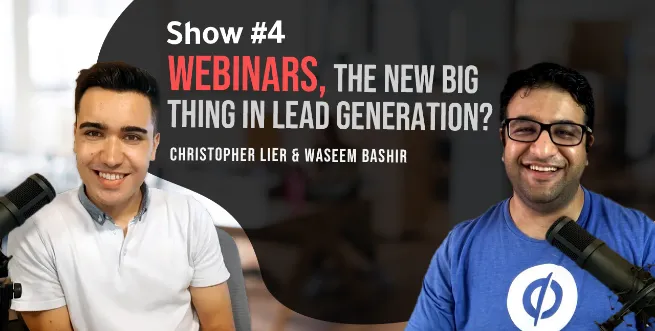
Marketing Maverics, Episode Watch Now
Webinars can have amazing results for B2B companies. Check out this episode of Marketing Mavericks Show above, where Waseem talks about a consultancy’s amazing webinar success story.
GoToWebinar surveyed over 350 000 B2B marketers, 73% of whom felt that webinars were the best way to cultivate high-quality leads. A high-quality lead is someone who is in-market, has the power, and the intent to buy your product - in addition to other parameters you may set.
For example, advertising an accounting firm on a gaming website may produce a large number of leads. These leads would be of little value if all they were high school students looking to get help with their accounting homework. In other words, having a large number of low-quality leads will not aid your sales but rather waste precious resources.
The opposite is also true. If you spend too much time getting each lead and your quality parameters are too strict - you won’t generate enough leads to boost sales.
According to GoToWebinar, the average webinar attendee viewing time is 61 minutes. (drift.com)
Using webinars for lead generation in digital marketing is popular because it helps to strike a balance between quality and quantity. As a bonus, webinars are still efficient in terms of time and money. Webinar leads are of high quality because:
They are aware of your brand and products - this is also called a warm lead.
They have shown interest in your industry.
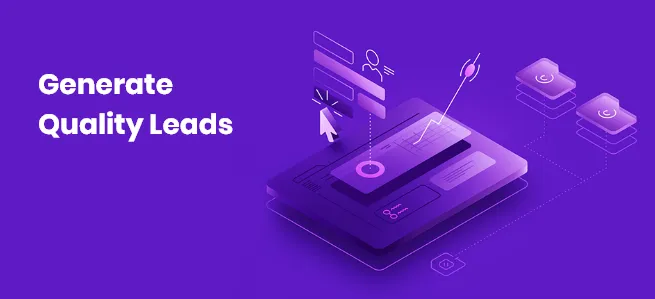
In order to tell which webinar leads are the best quality, you need to pre-qualify and screen them. The key webinar lead-screening strategies are:
Using the webinar registration form to qualify leads by asking questions and analyzing data.
Using in-session polls and surveys to gauge how far each individual is in their buying journey.
Tracking individual participation.
Research shows that 66% of all webinars are hosted by B2B companies. This leaves us with a challenge to stand out while incorporating proven practices. We have highlighted important strategic areas to help you optimize your webinar.
If you are using webinars for lead generation, you need first to define your ideal lead or buyer persona. If you were a recruitment agency, for example, your ideal lead might be an HR or managing director of a firm that has a large staff complement which they need to grow even further.
Now, it may be possible to carve your ideal lead even further. Perhaps your agency focuses on recruitment in the pharmaceutical industry. This helps you decide on your target audience for your webinar.
It’s important to define your ideal lead. In the same breath, don’t restrict yourself from exploring new avenues by having parameters that are too stringent.
After you have defined your audience, you need to ask the following questions
Your webinar should consist of educational content. It must be relevant to your target audience. Very importantly, you must offer a unique spin on the information. The viewer should gain some information that is exclusive to your webinar - this makes it worth attending.
Product webinars do have their place. However, educational webinars have shown to be more effective for lead generation. A sales pitch doesn’t give your brand authority - it doesn’t give the audience valuable information.
For a webinar aimed at generating new business, try discussing problems affecting the industry. You can include how your company is facing these challenges without turning your entire webinar into a sales pitch.
This step is about content delivery. Firstly, decide on the structure of your webinar. Factors to consider - include the number of speakers - whether these will be internal or external. There are advantages in using well-known guest speakers.
Guest speakers add weight to your voice, improving credibility and helping you to establish thought leadership. Another important factor to consider is your guest speaker’s audience. If marketing efforts are combined, your guest speakers audience can become a new source of potential leads.
Next, you need to decide on the structure of your webinar. If there is more than one speaker, you will need to decide how the conversation will take place - will it be a presentation or panel discussion. This then informs how much audience participation you require, and in turn, the audience size.
Once all of these details are ironed out, you will be able to tell which webinar platform is most suited to your needs. There are very many platforms to choose from, including GoToWebinar, WebEx, and Zoom.
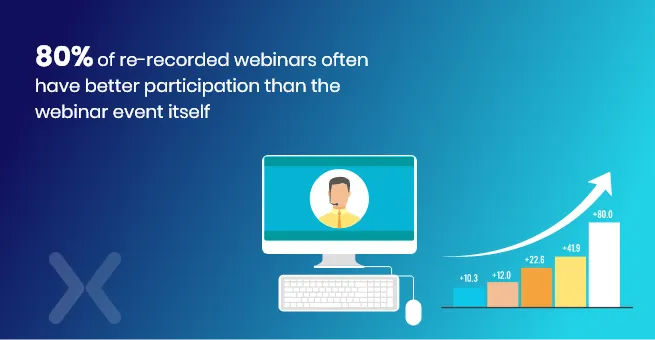
Pre-recorded webinars often have better participation - by over 80%, than the webinar event itself. Many companies are successful with including webinar libraries on their website. This is another potential method of using webinars for lead generation. Simply ask the user to fill in their information before they can access the video.
Although this seems like a complex idea, it is quite simple. A B2B webinar funnel is a process of attracting webinar attendees. In essence, your marketing campaign. Here are some essential elements:
A well-optimized landing page
An email marketing campaign
Google AdWords
Boosted social media posts and social media ads
Long-form content
You can also check out our video on webinar funnels, where we discuss this in more detail.
The webinar landing page is the core of your webinar funnel. This is the page that your prospective audience will be redirected to when they click on any of your advertising - whether it’s from an email, boosted social media post or ad.
A landing page is a standalone page - independent from your website.
Landing pages are usually campaign-specific, with the primary goal of converting customers (i.e. getting them to follow through with a call to action or CTA). The CTA, in this case, is to get people to register for your webinar.
In terms of a webinar, your landing page gives prospective viewers a taste of what your webinar is all about. This may include a brief summary of your webinar, guest speaker bios and a teaser headline. Your landing page should make your webinar sound captivating and unique.
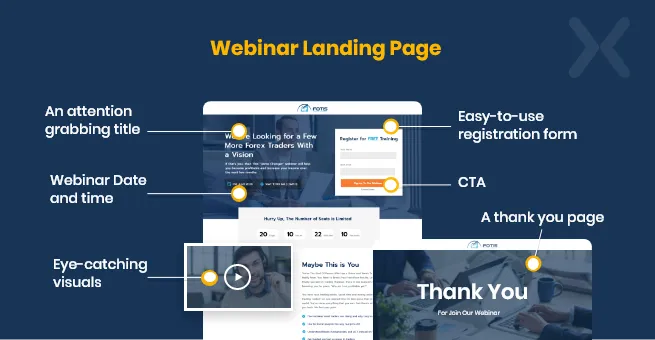
Importantly, Call To Action or registration button should be clear, and all instructions easy to follow. When the user fills in the registration form, it should be quick. If it is too cumbersome people may give up and click away - harming conversion.
You could also add urgency to your Call to Action by using a Count-down timer. Adding urgency pushes visitors to take quick action. A final note about Call to Action buttons - make the buttons big, bold and obvious so they can’t be missed.
To further increase the conversion rate of sign-ups, use social proof on the page to build up trust.
Although your landing page should go live well in advance, remember to keep it active until the webinar starts. Statistics show that a third of registrations occur on the day. And once the website is over, you can re-use the same page to get sign-ups for future webinar updates.
Don’t forget your primary goal - using webinars for lead generation. Once your webinar is done, you need to convert your participants into leads. There are several different methods of doing this:
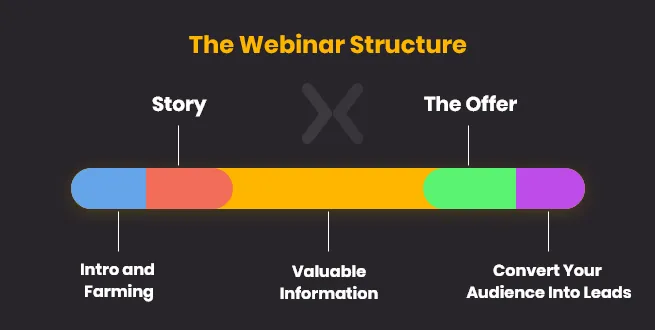
Try to profile your participants to gauge how far they are in their sales funnel. This can be achieved by including polls and surveys in the webinar itself and via follow up emails as part of your marketing strategy. In-session polls tend to be more reliable because they give the appearance of anonymity.
Allow participants to request information during the session and exchange value with email.
Keeping the conversation going is essential for nurturing leads. This can be done through post-webinar follow-up emails. An engaging email automation drip campaign can convert leads in your target marketing to Marketing Qualified Leads (MQLs).
As with everything in life - it is essential to measure your success. Using webinars for lead generation is no different. Some key metrics are:
Click-through rate (CTR)
Total Views
Stick Rate - the number of people who registered vs those who attended.
Repeat visits to new webinars
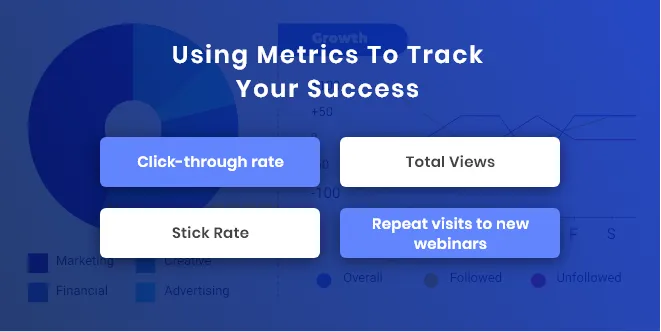
Using webinars for lead generation can be highly effective when done strategically. It is important to consider two key points - attracting participants and turning them into leads.
Create a webinar filled with high-value information tailored to your buyer persona.
Optimise your webinar funnel - particularly your webinar landing page.
Ensure that your social media campaign is centralised on platforms frequented by your buyer persona. For business, this is generally LinkedIn.
Remember to create a webinar library - you can keep attracting participants after your event.
Create a fascinating and engaging webinar - impress your participants.
Interact with participants before, during, and after your webinar. In this way, you can gauge how far each individual is in their buyer’s journey.
Once leads are established - nurture them, even the hottest lead can grow cold. Do this through follow up emails and phone calls to increase your conversion rate of participants to leads.
Remember to use metrics to track your progress - in both steps.
If you are interested in learning more about using webinars for lead generation, have a look at our new free course.
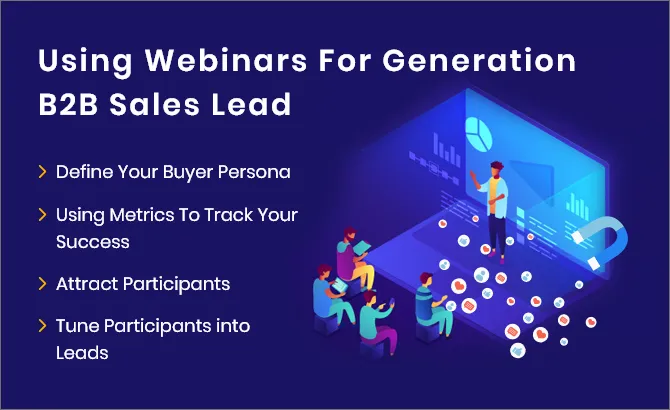
Related Article:
Drive More Sales or Leads With Conversion Focused Websites and Landing Pages
Get Started.webp)
In today’s fast-paced digital world, having a responsive website is no longer just a nice-to-have, it’s essential. Whether...
As artificial intelligence continues to evolve, businesses are finding innovative ways to enhance their marketing efforts. One of...
Get quality posts covering insights into Conversion Rate Optimisation, Landing Pages and great design